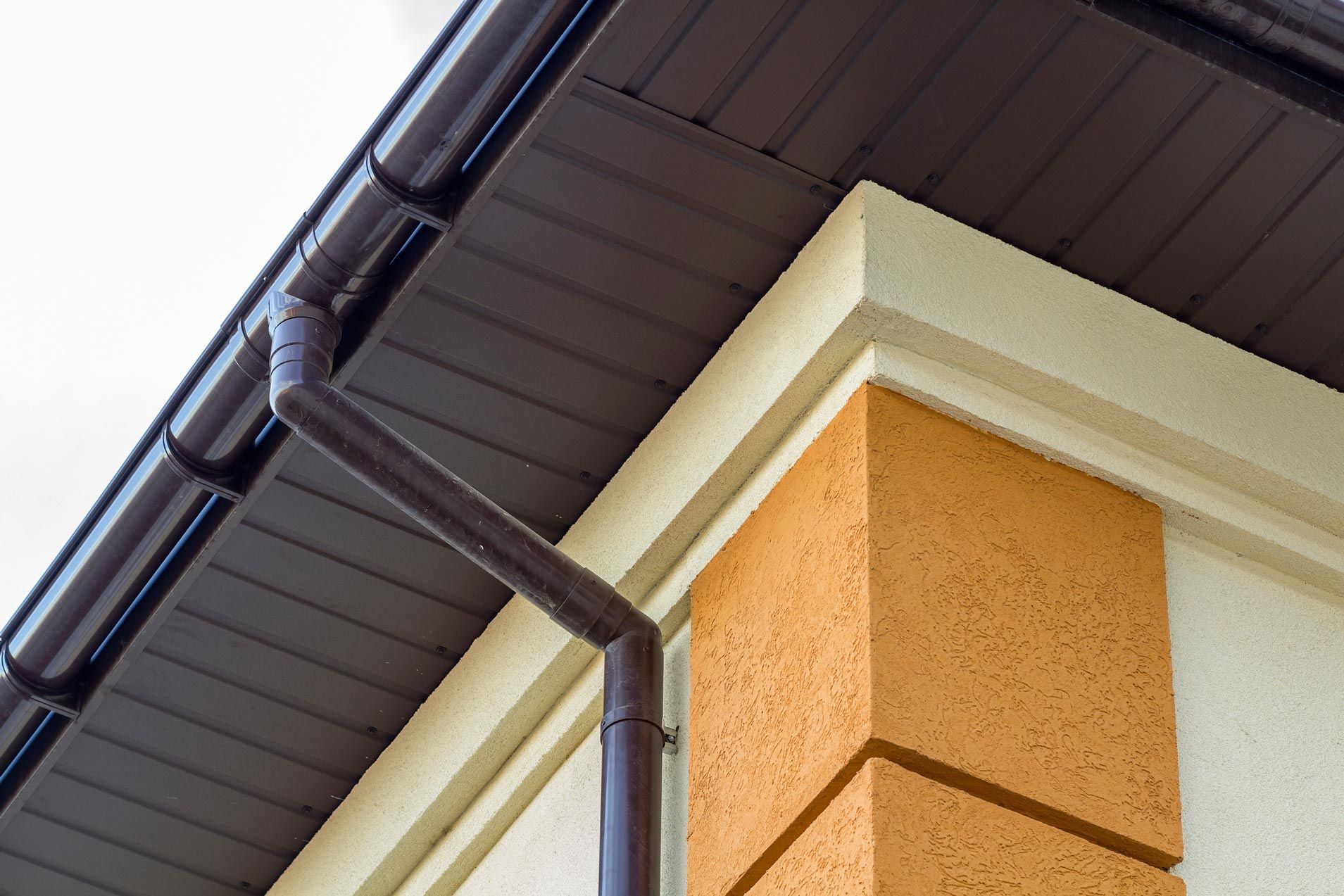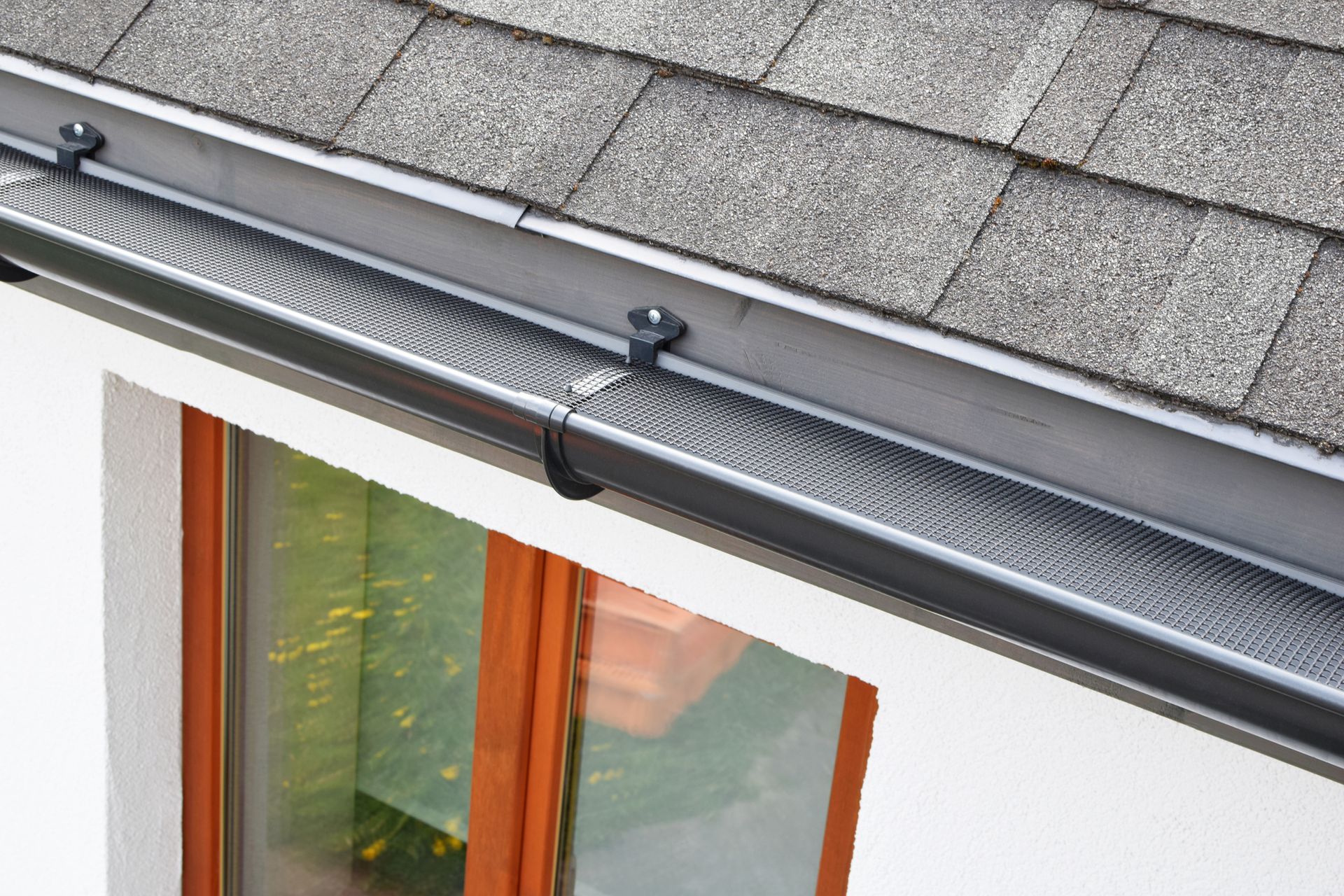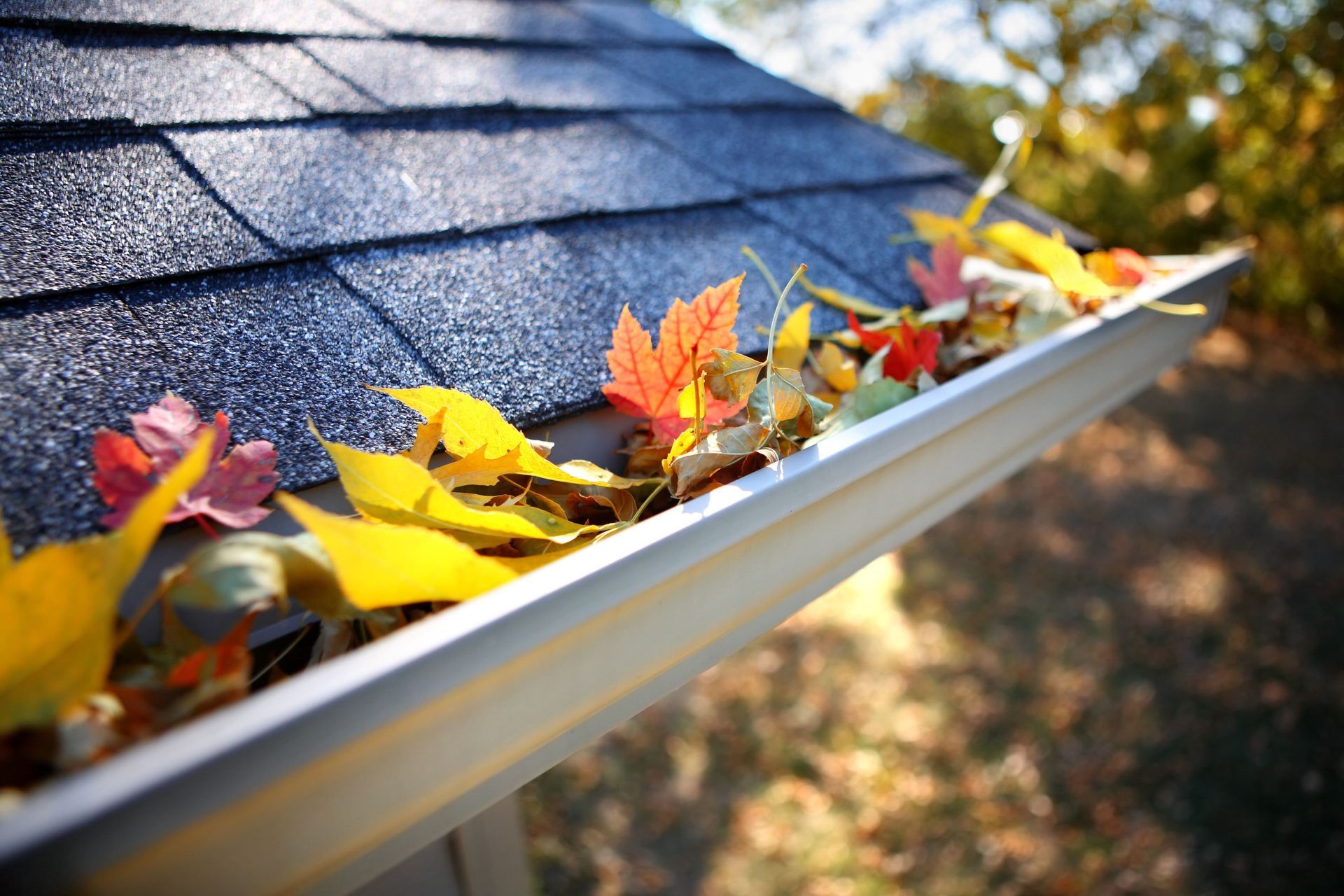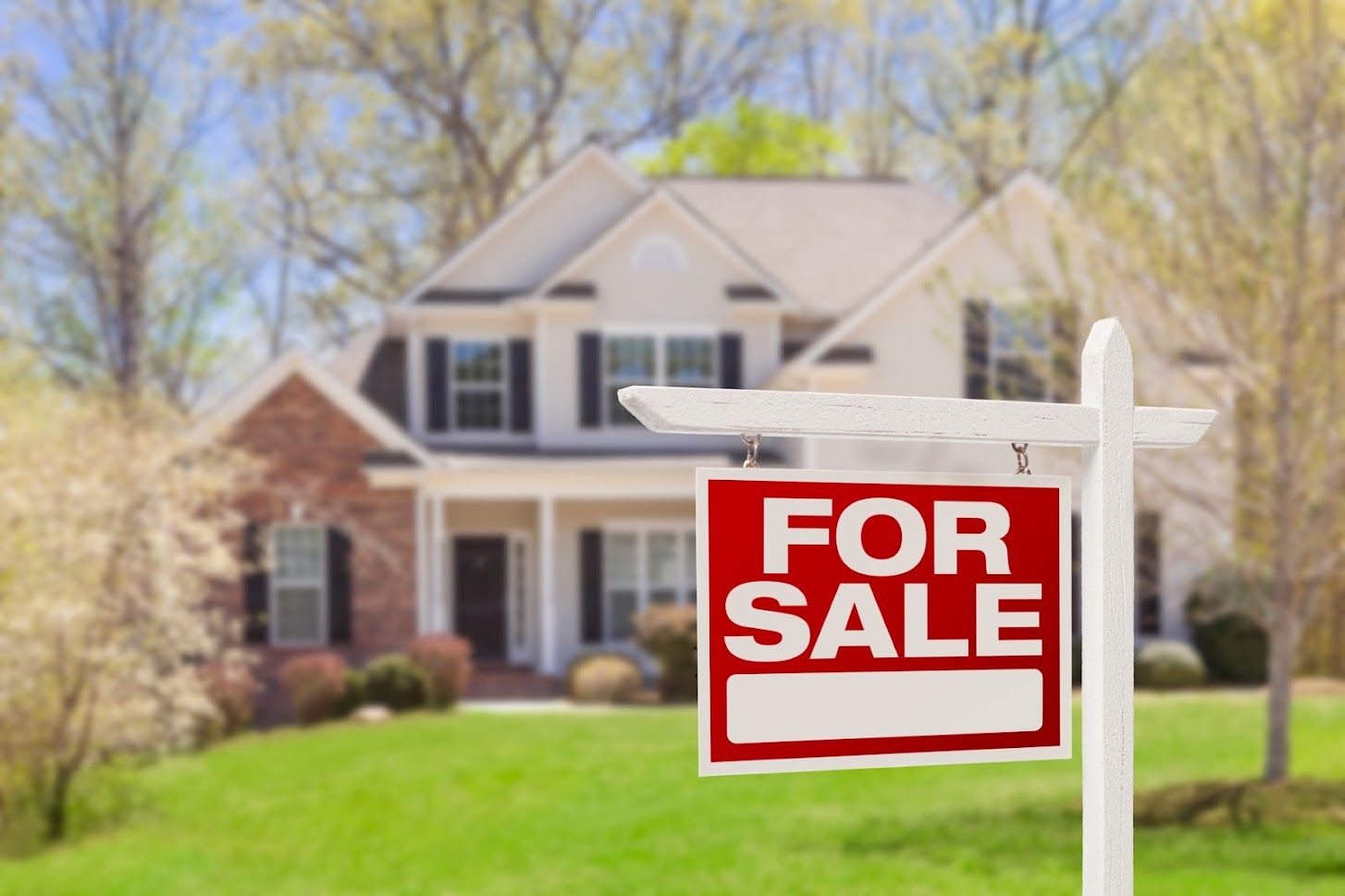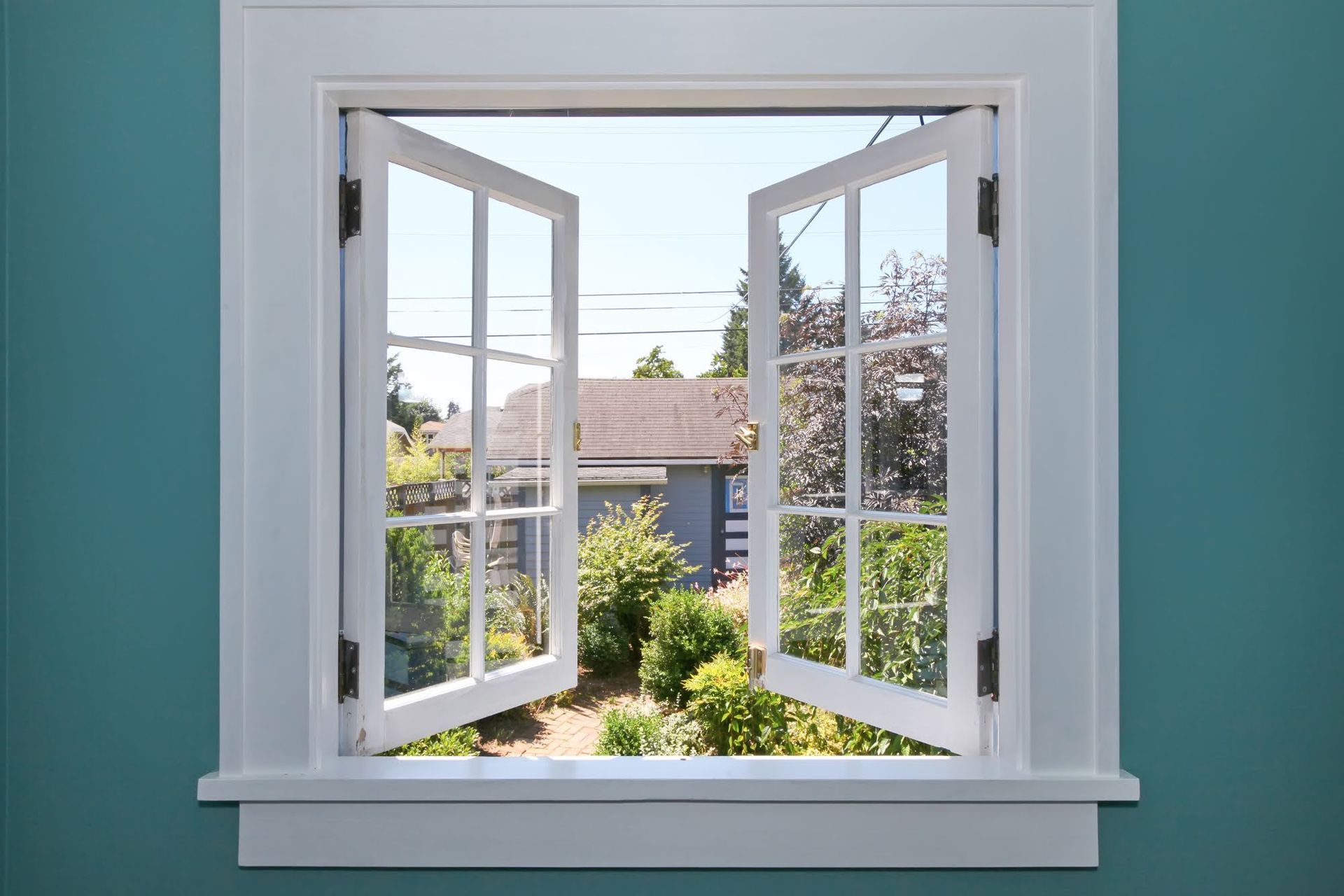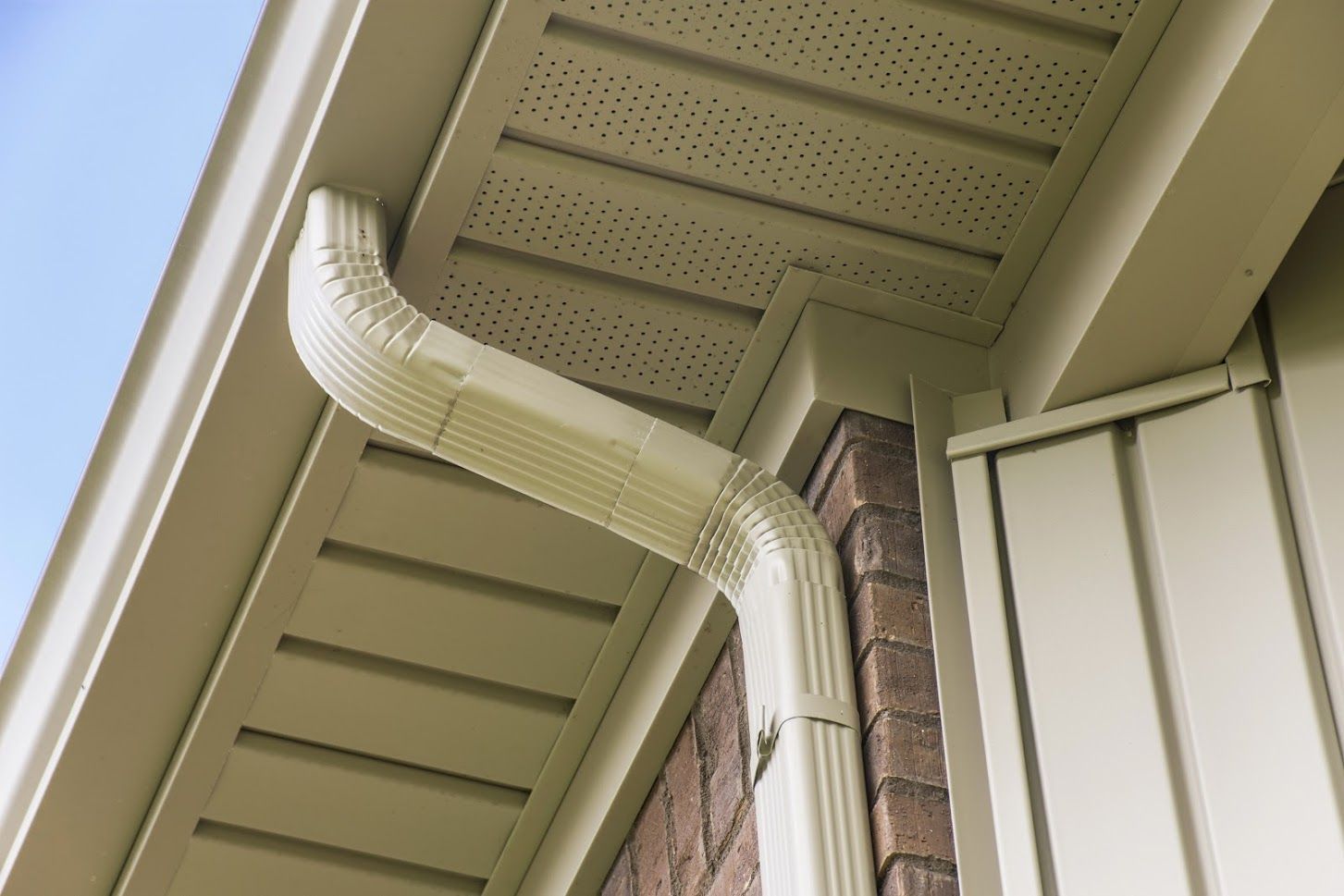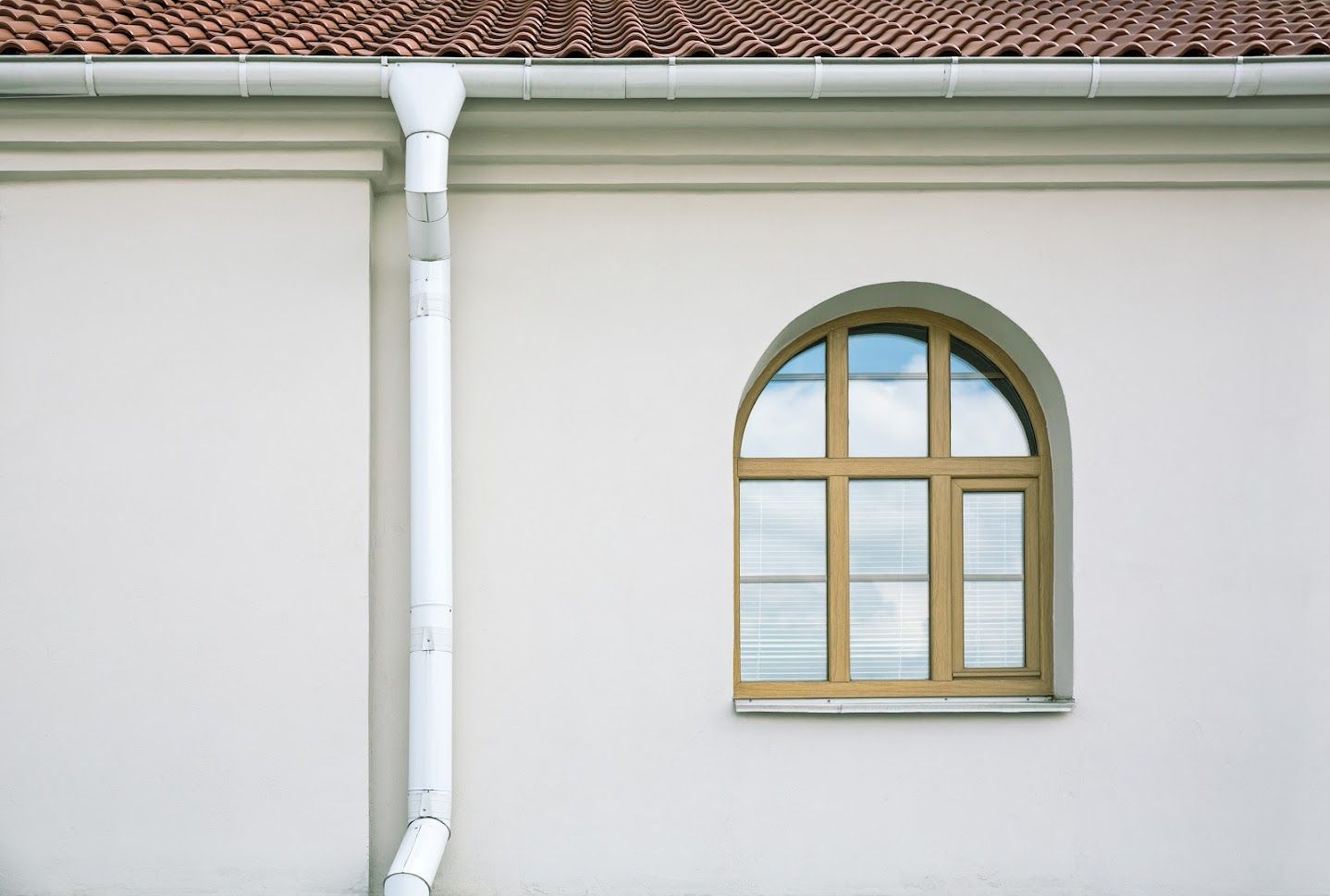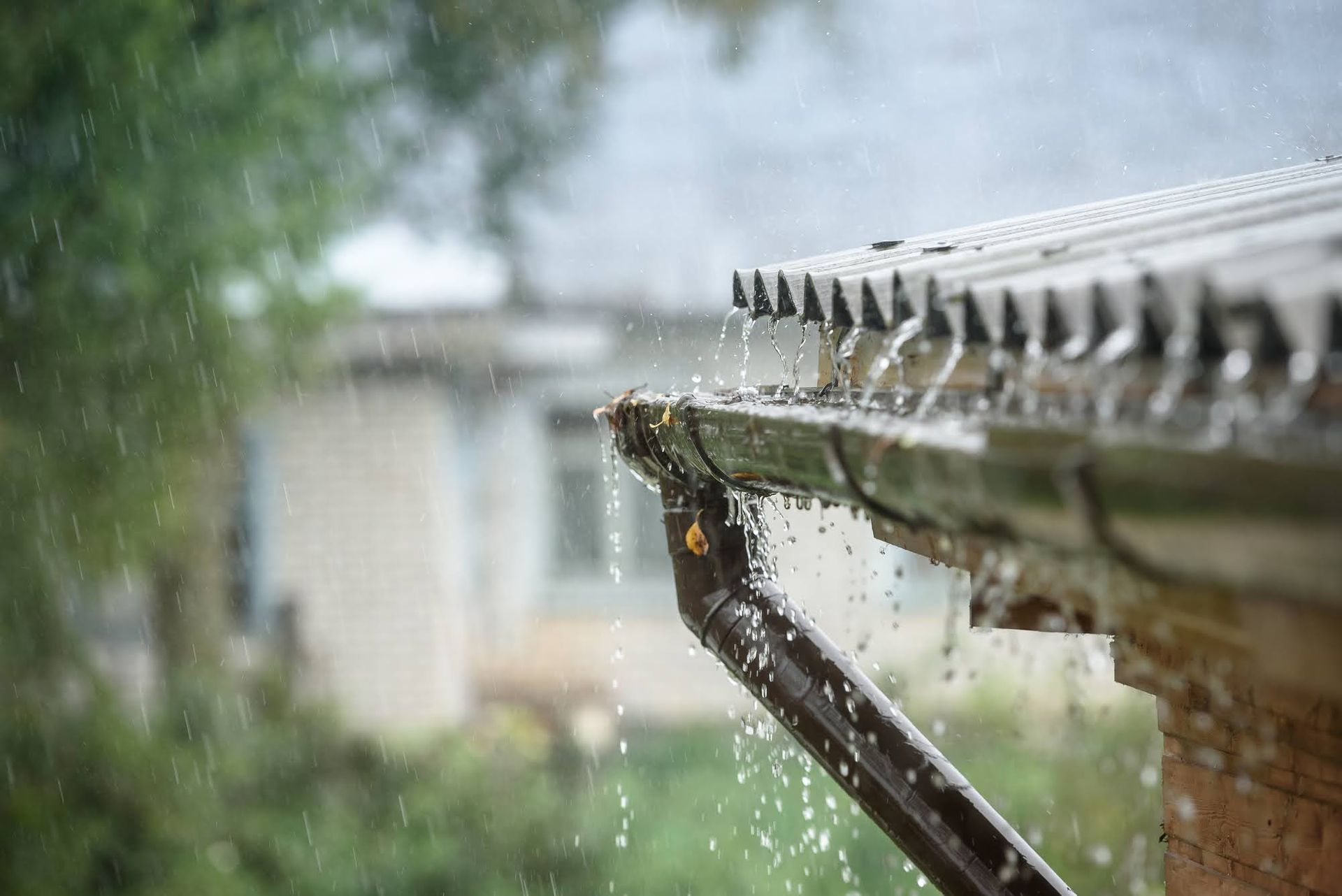3 Siding Colors and the Accent Hues to Match Them
May 22, 2019

Siding significantly boosts the curb appeal of your home. Your house receives an instantaneous facelift, a fresh surface to present to visitors and passersby. If you’re ready to replace your siding, though, you may be in a quandary about what color to choose. After all, color trends might not last as long as your siding.
Certain exterior colors are classics. What’s more, you’ll want to match the siding color to an overall palette that will add long-term value to your house. Below are some ideas for siding colors and accent hues to complement them.
Gray-Beige Siding
Neutral colors are favored for siding because they never go out of style. Gray and beige are the most common neutral colors. In fact, they’re so popular some siding manufacturers have combined them to make greige, or gray-beige siding. The result is essentially a taupe that matches anything.
While gray-beige siding matches any color, the other most common neutral hue especially complements it — white. A gray-beige house with white trim looks tidy in any neighborhood. The benefit of using white is the exterior remains purely neutral — greige
is neither warm nor cool, and neither is white.
You often see gray-beige siding with an additional complement — stone veneers. Many natural stones feature shades of both gray and beige, as well as greige
itself. Homeowners often have contractors apply the veneer to the bottom quarter of the exterior. Because stone is an upscale material, the application of the veneer adds value to your house.
Beige Siding
If you prefer a warm undertone in your siding, consider going straight for beige. Warm beige is a classic base for exterior color schemes. You have a range of saturation levels of the color so that your siding choices range from cream color to maple. A good rule of thumb is to choose darker colors for large houses and lighter colors for small homes.
White is a good complement for beige siding, too, especially if you’ve chosen a darker saturation. However, if you want to emphasize the trim, you could consider a darker hue such as a brown shade. Brown accenting will ground the airy beige, giving your house a stately façade.
A white or brown door will maintain that sense of grandeur. A naturally stained wood door would be especially attractive. However, if you prefer a touch of whimsy, consider a colorful door, such as robin’s egg blue or eggplant. Warm beige carries yellow undertones, so blue and eggplant are complementary colors. Such a door will lead visitors right to your entryway.
Light Blue
While neutral colors are common for siding, many homeowners prefer to add some color. If you don’t mind your exterior being more on the cool side, consider a light blue. Don’t envision a sky-like color. Typically, blue siding comes with grayish undertones, which is ideal for such large expanses of color on your house’s exterior.
White is an ideal trim color for a blue-tinged house, though you could opt for an off-white such as eggshell to add some warmth to the exterior. If you have shutters, consider choosing a rich brown. Again, look for a color that features a warm undertone to add depth to your palette.
If you’ve added color with the trim and shutters, you’d be better off not adding color with the front door or garage door. Instead, you could choose a door color that matches the trim, either the frames or the shutters. Conversely, you could opt for naturally stained wooden doors. If you’ve used off-white in the exterior, stay away from pure white because they’ll clash.
A home with fresh siding is automatically more valuable than one with worn siding. That effect is enhanced when you’ve chosen a cohesive color palette for the whole exterior. Use the siding as the foundation of your palette, and complement the color appropriately. Let Allstate Gutter & Siding
replace your old siding.



